Exploring the V&A East Storehouse: A Treasure Trove of History
★★★★★The V&A East Storehouse in East London offers a poignant glimpse into theatrical history, showcasing items like the ornate tunic worn by Henry Irving in his 1881 portrayal of Synorix in Alfred Lord Tennyson’s The Cup. This tunic, adorned in metallic embroidery yet composed of coarse flannel, highlights the dichotomy of glamour and practicality in stage costumes. As I examined it in one of the study rooms, I could imagine the play of lights reflecting off its details during performances, despite its humble fabric composition. The embroidery, now slightly frayed after 144 years, tells its own story of wear from countless performances.
The tunic was made accessible through the Storehouse’s innovative Order an Object service, allowing visitors to request up to five items online for a hands-on viewing experience. This initiative has gained popularity since its launch on May 13, leading to numerous bookings for periods ranging from one to four hours. Visitors are accompanied by a member of the Storehouse staff, who can provide context and insights into the selected artifacts.
Housed in the former Olympic Broadcast Centre, the purposefully designed Storehouse by Diller Scofidio + Renfro stands amidst contemporary housing and the greenery of Queen Elizabeth Olympic Park. This redevelopment received significant support from the Department for Culture, Media and Sport, amounting to £63 million, aimed at relocating the V&A’s collections from Blythe House in Kensington.
Upon entering, the Storehouse resembles a sleek modern office space, complete with plants and a minimalist café. Moving through metal-lined corridors filled with diverse cultural artifacts, visitors step into the vast Level 1 Collection Hall, which feels like an expansive Aladdin’s cave filled with a multitude of visual treasures. The layout diverges from traditional museum displays, favoring a random assortment based on object characteristics instead of chronological or thematic categories, fostering unexpected encounters with history.
Grouping items such as Margaret Calvert’s renowned Children Crossing sign alongside cast iron Chinese warriors and a vintage Moulton bicycle creates a dynamic visual narrative. Two sections of the now-demolished Robin Hood Gardens housing estate are also part of the installation, adding layers of social history to the exhibition.
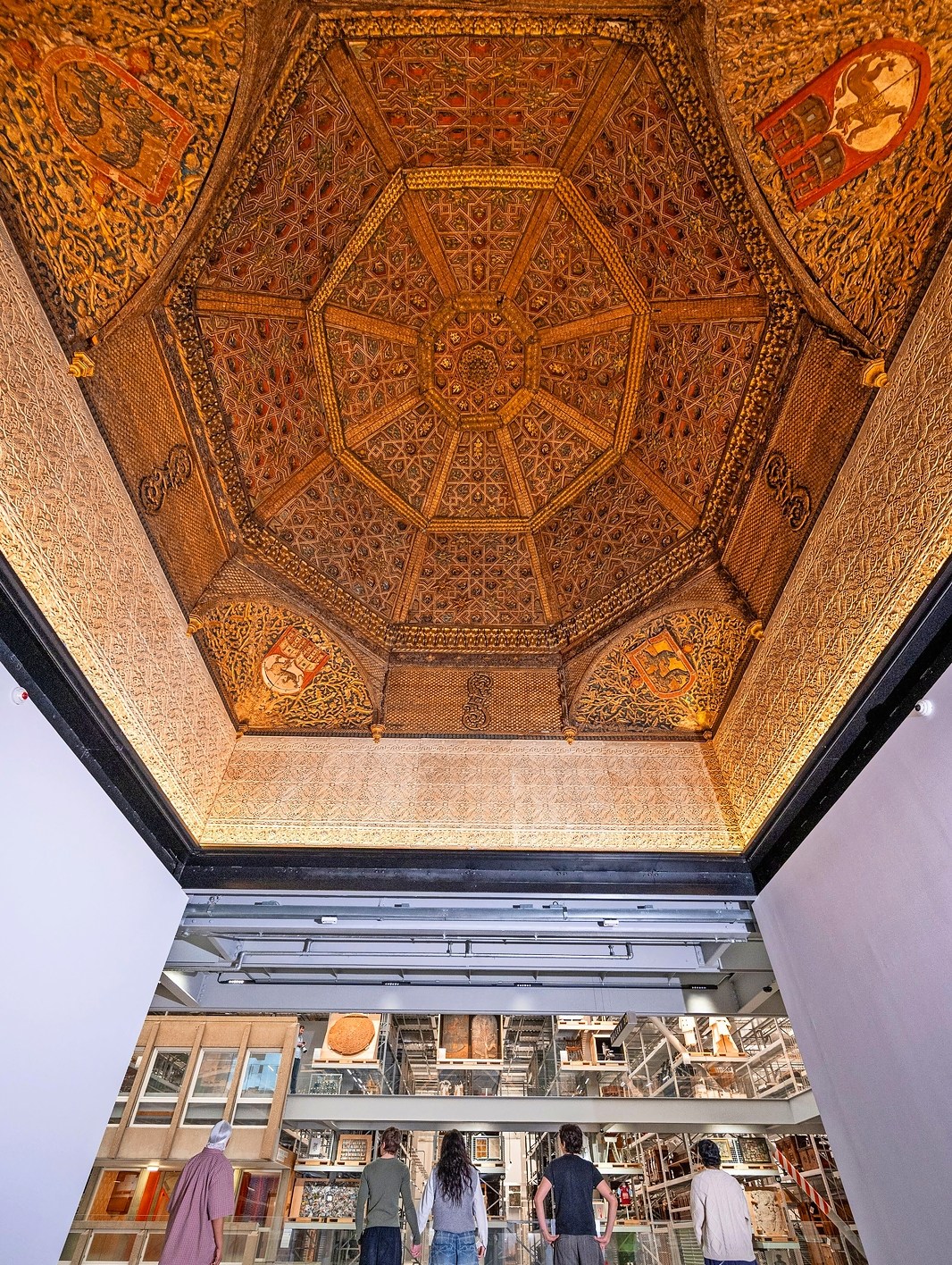
On an upper level, a beautifully detailed late-15th-century ceiling from Toledo has finally emerged from over 30 years of storage, showcasing the intricate craftsmanship that blends Islamic and Christian artistry. This remarkable artifact stands as a testament to a pivotal moment in Spanish history when Islamic influence began to wane amid conflicts of religious conversion and expulsion.
Storehouse also enhances appreciation for the V&A’s stunning architectural treasures. A glass section in the main hall provides an overhead view of an elaborately adorned 17th-century marble colonnade originally from Agra, giving visitors a sense of the intricate design and historical significance.
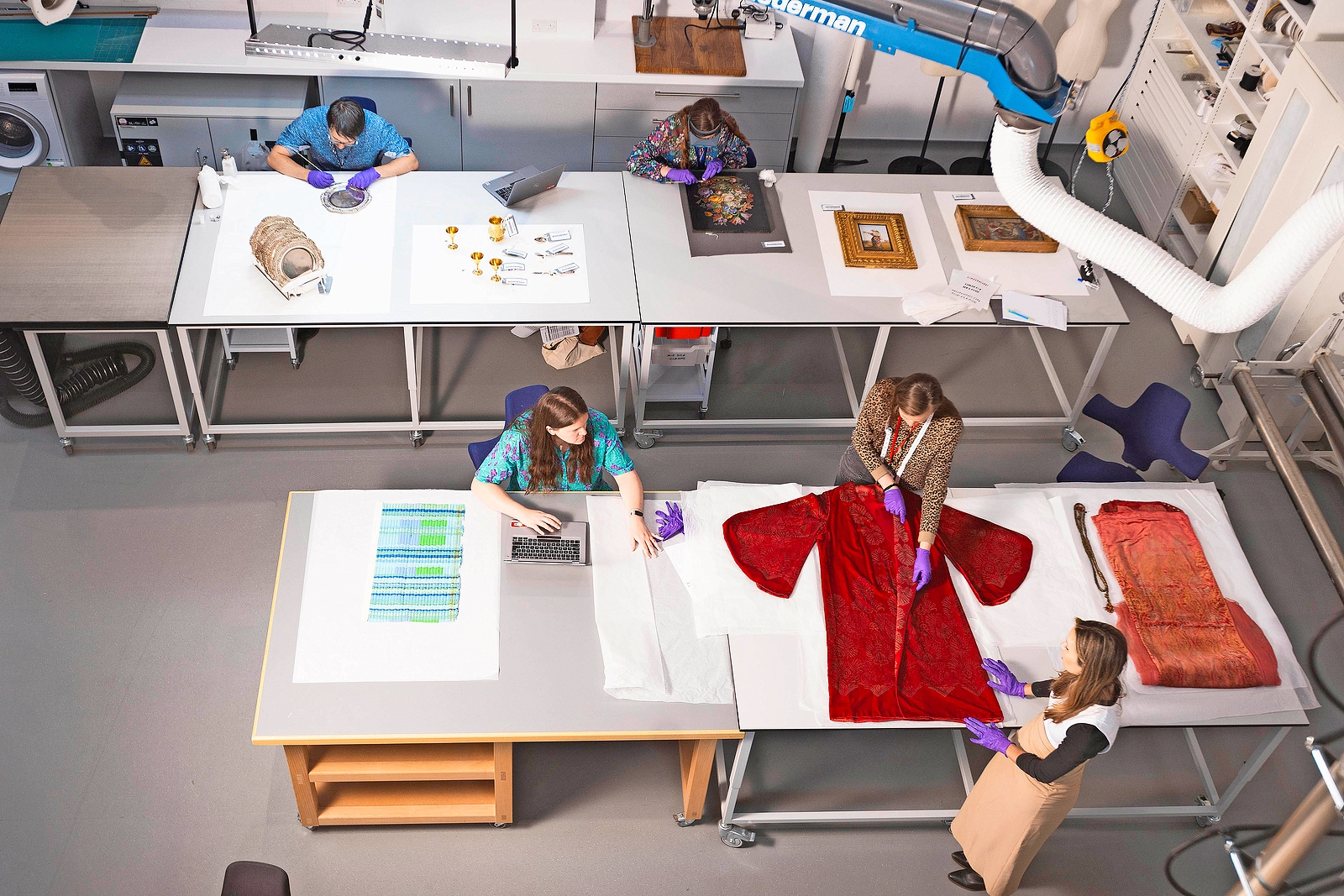
The lower level of the facility is where much of the conservation work occurs, largely out of public view yet entirely visible from other areas. This setup invites visitors to engage with the preservation process, featuring specialized zones dedicated to challenging artifacts, such as a large space for stage cloths. Currently showcased is Alexander Shervashidze’s impressive copy of Picasso’s The Race, created for the Ballets Russes in 1924, which Picasso himself endorsed with his signature.
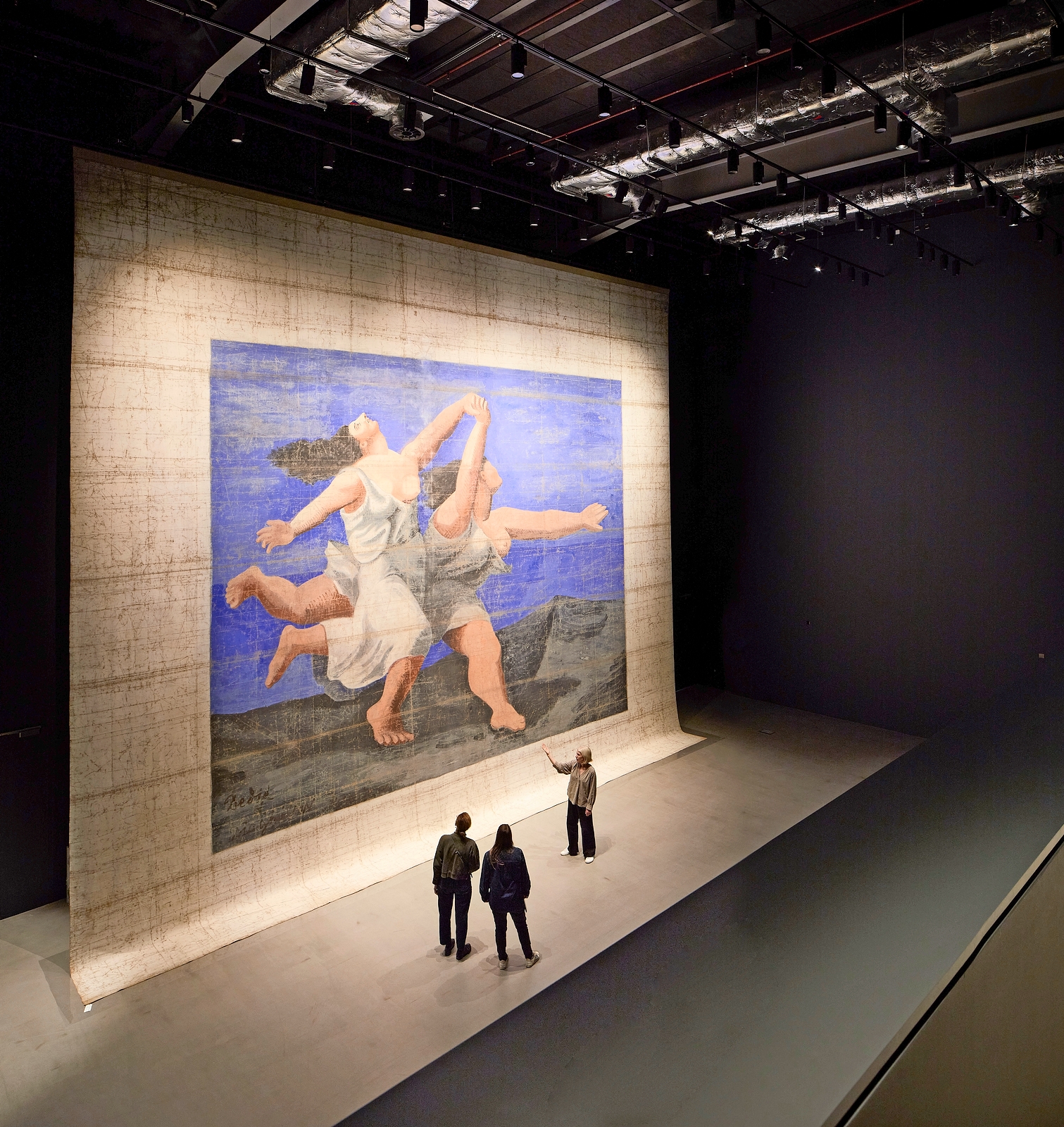
Visitors can closely observe conservators at work, with built-in galleries providing viewing access to ongoing conservation efforts for large textiles. The state-of-the-art “wet” conservation studios, fitted with cameras and live feeds, enable conservators to communicate their processes to the public.
Overall, Storehouse presents an enchanting and intellectually engaging experience akin to exploring a vast treasure chest of history. It emphasizes the V&A’s commitment to making its national collection publicly accessible, marking a significant shift in how museums engage with their audiences. The grand opening of the V&A Storehouse is slated for May 31, and it promises to be a captivating destination.
What I Ordered
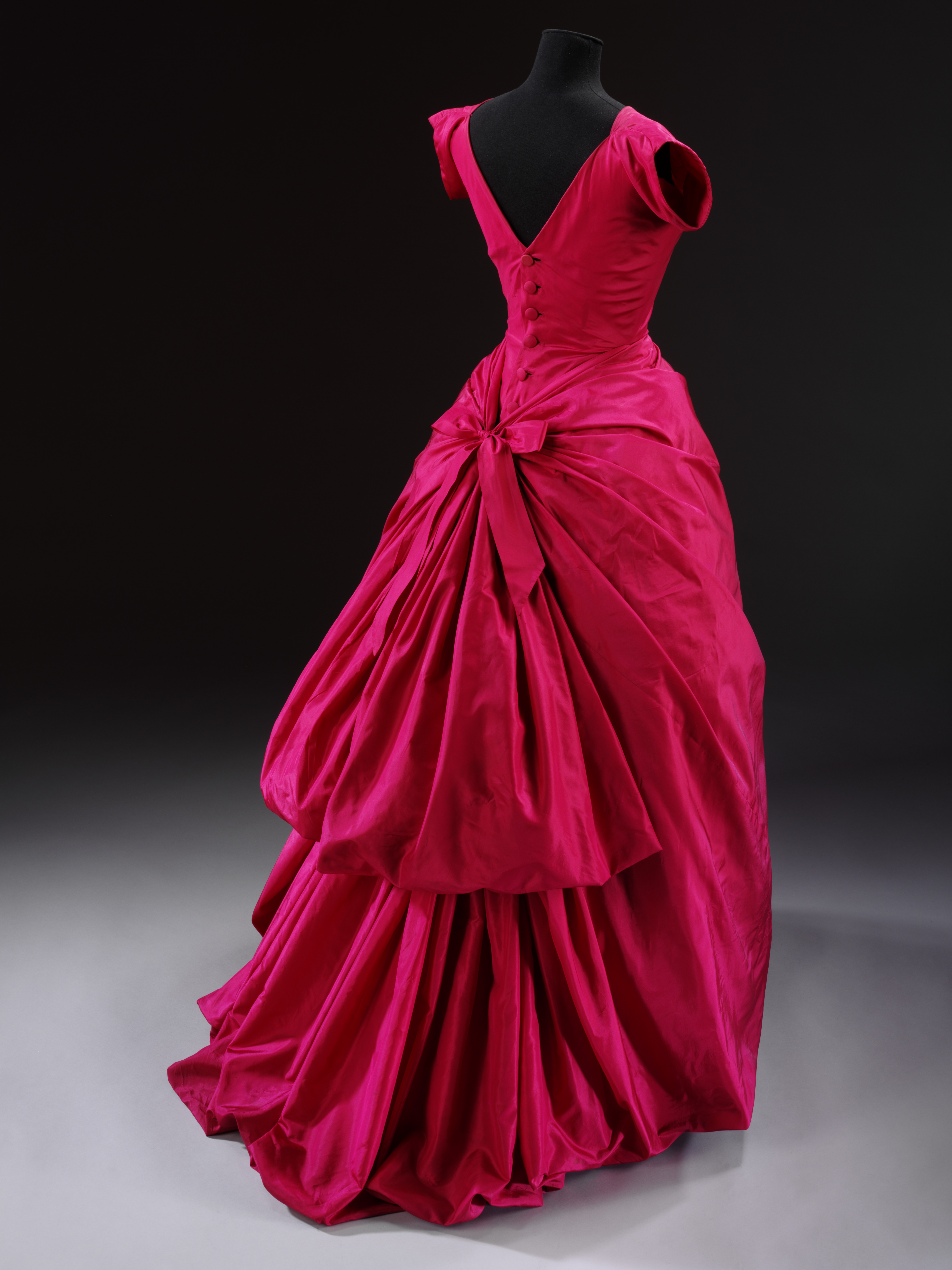
Cristóbal Balenciaga evening dress, Paris, 1954: This complex garment has gained significant interest, especially among fashion students, inspiring the architectural design of the V&A East Storehouse.
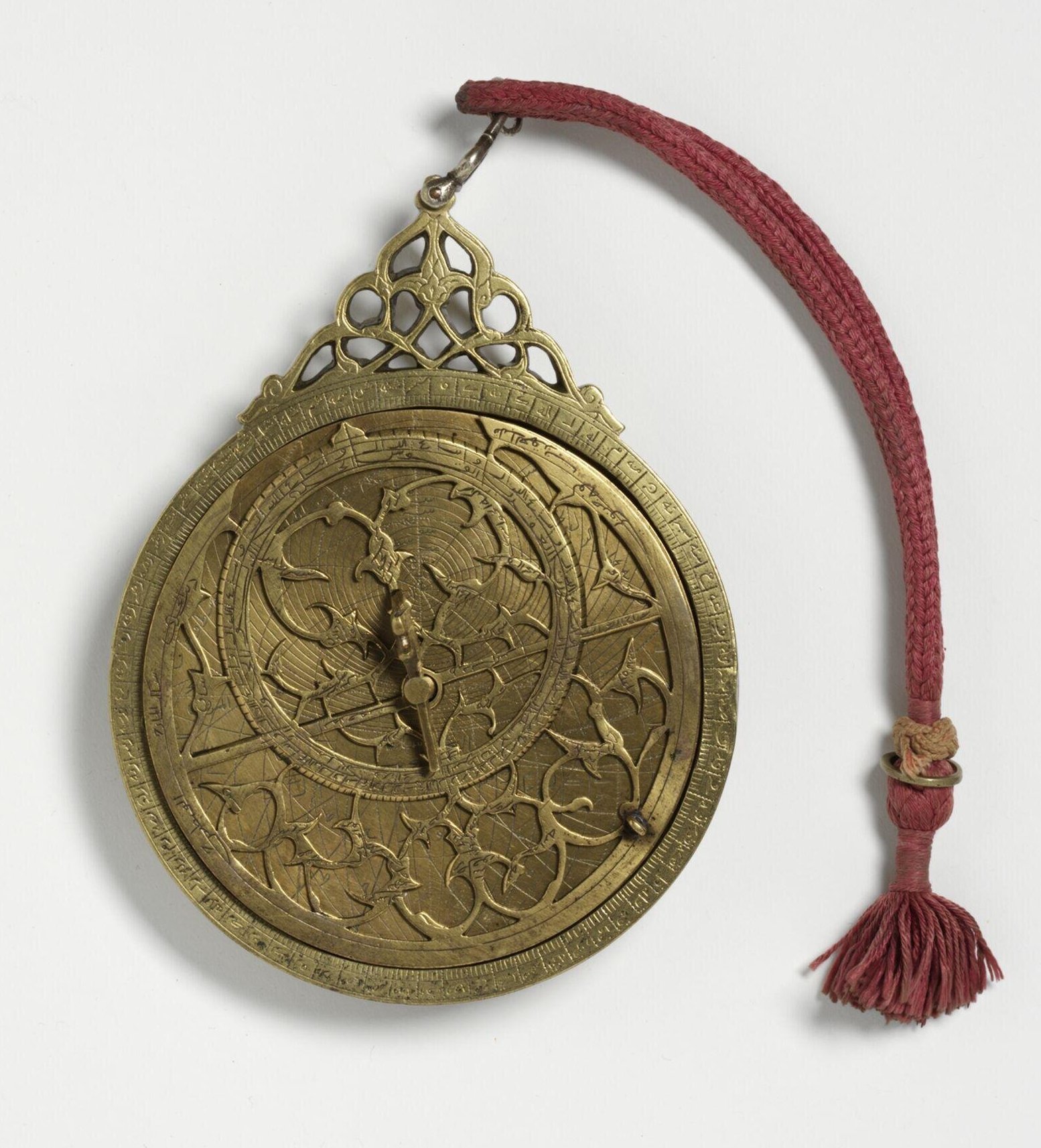
Astrolabe, Iran, 1600-1700: This beautifully crafted brass instrument, essential for navigation, was developed in ancient Greece and later refined in the Middle East, featuring detailed Arabic engravings.
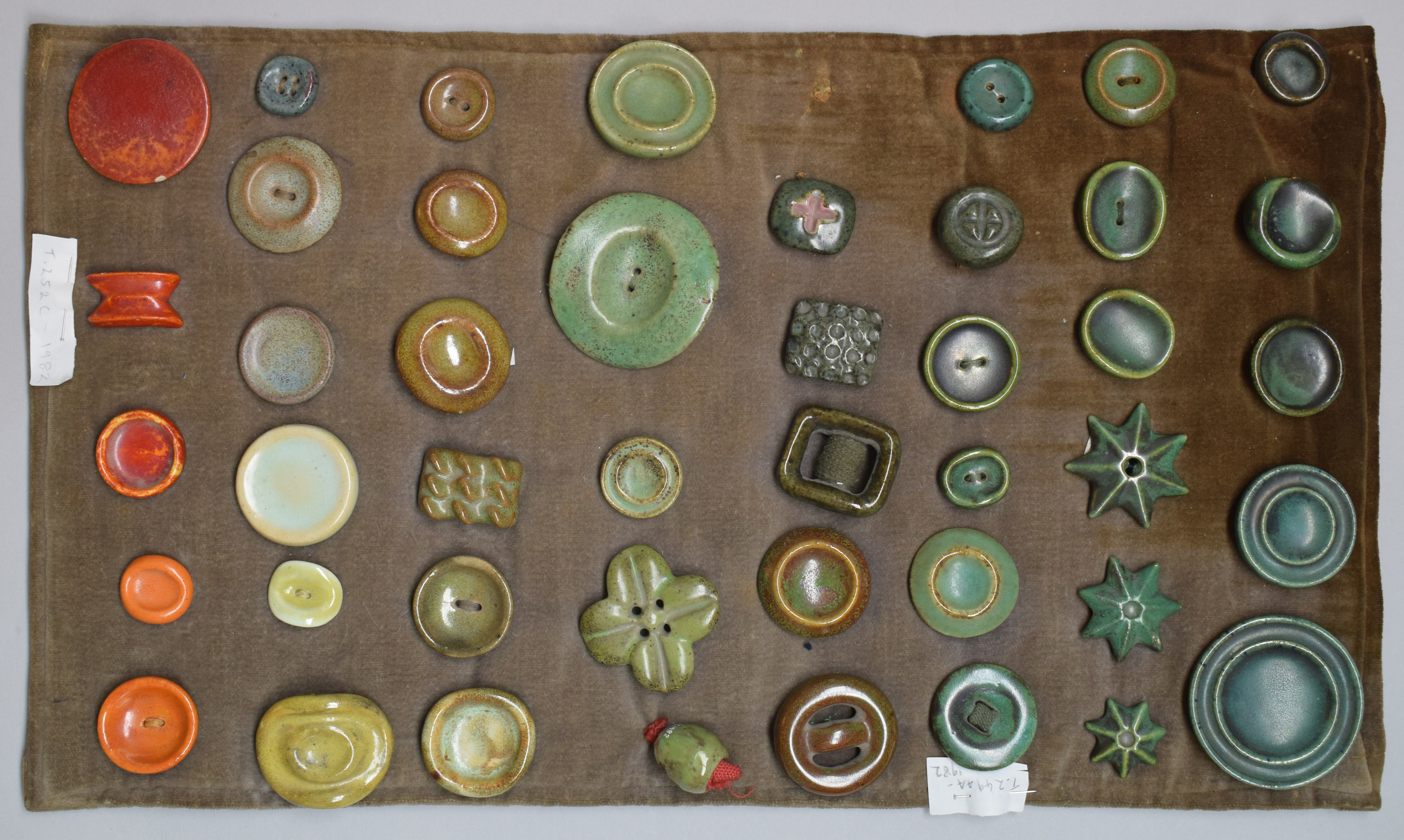
Lucie Rie buttons, London 1945-48: Acclaimed studio potter Lucie Rie, who fled Nazi Austria, crafted these buttons for the haute couture market, donating this selection to the V&A.
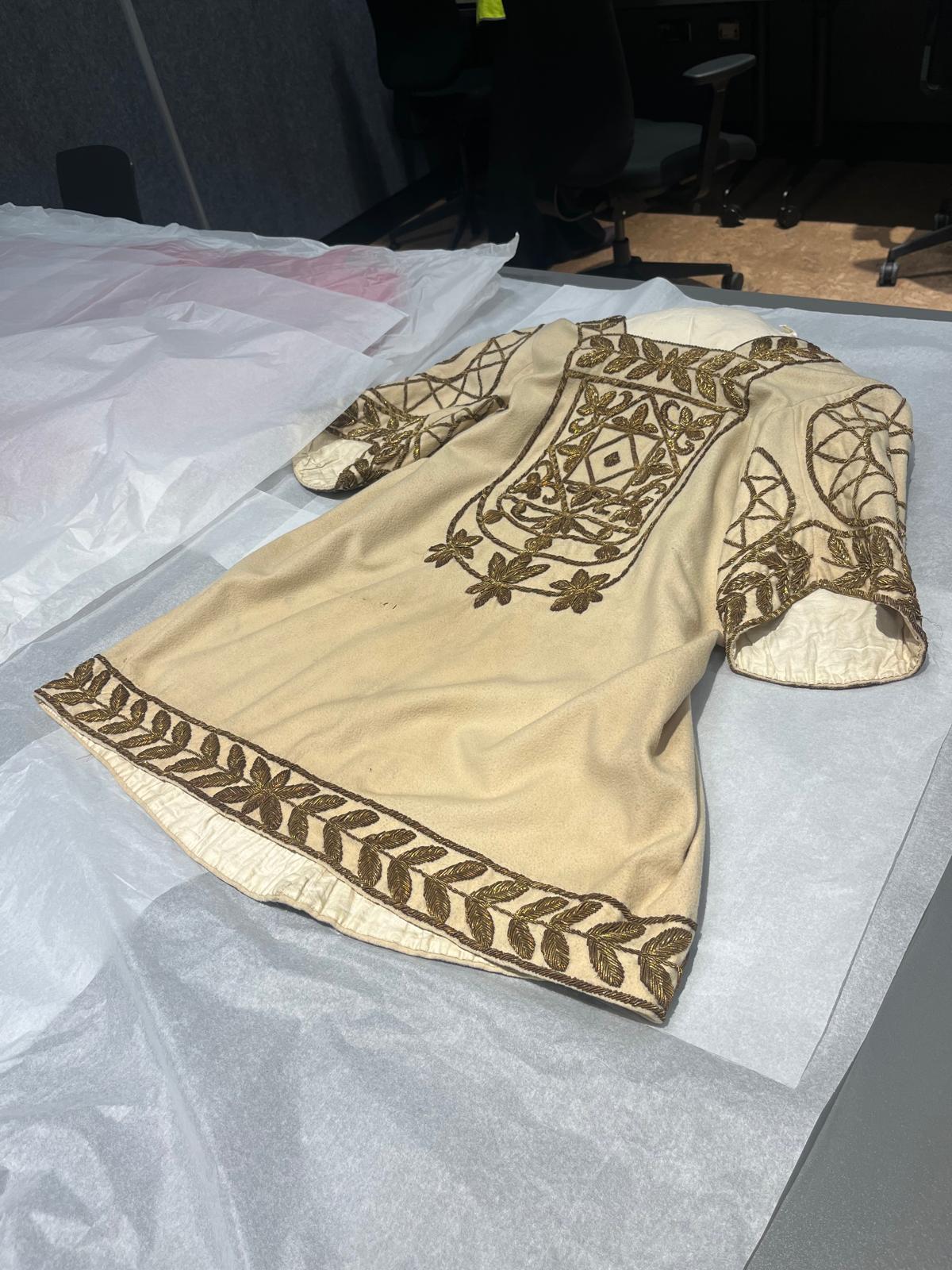
Henry Irving costume, London, 1881: Despite the advent of electric lighting, Irving opted for softer gaslight effects at the Lyceum, enhancing the visual allure of this striking tunic worn during performances of The Cup.
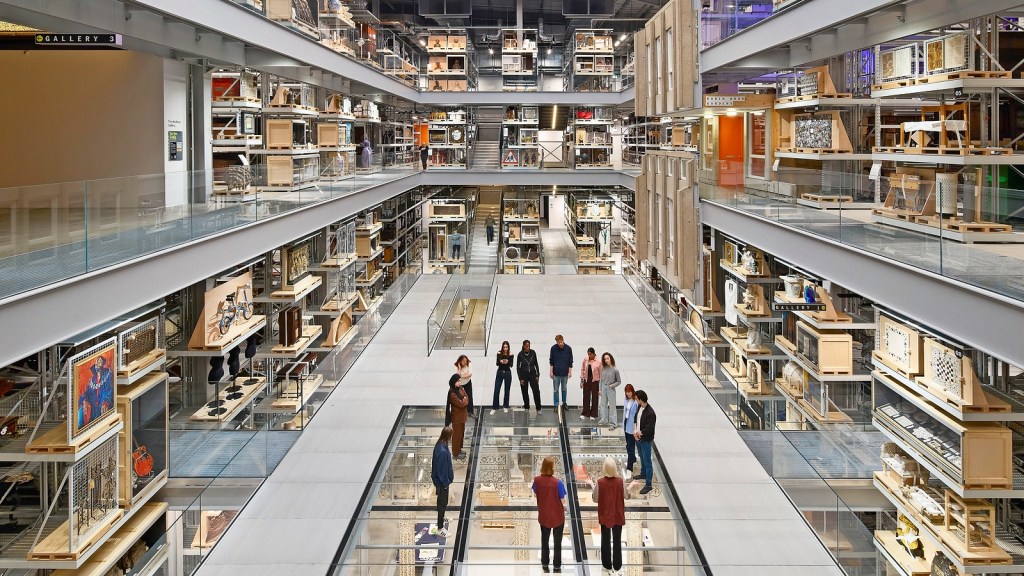
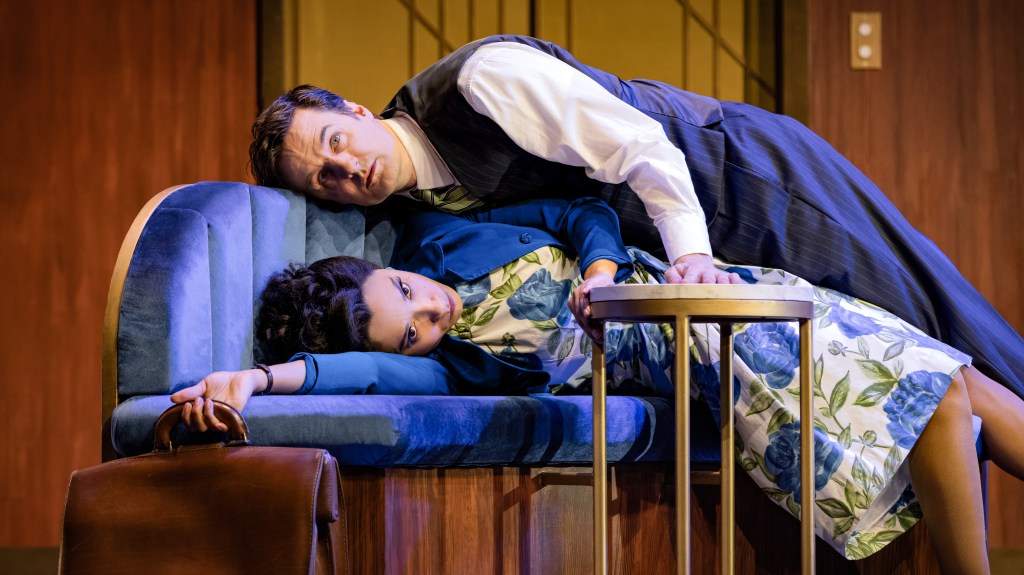
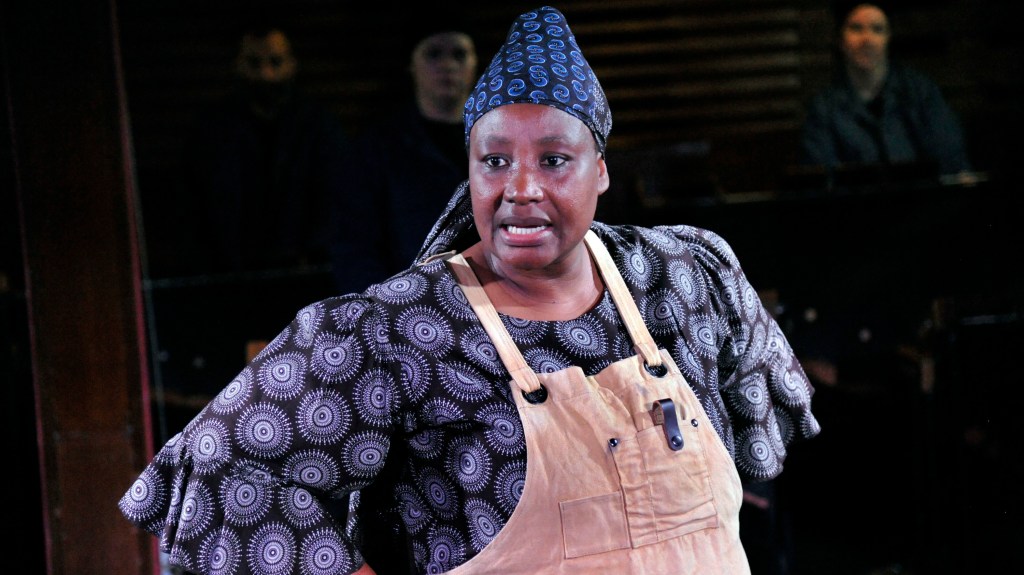
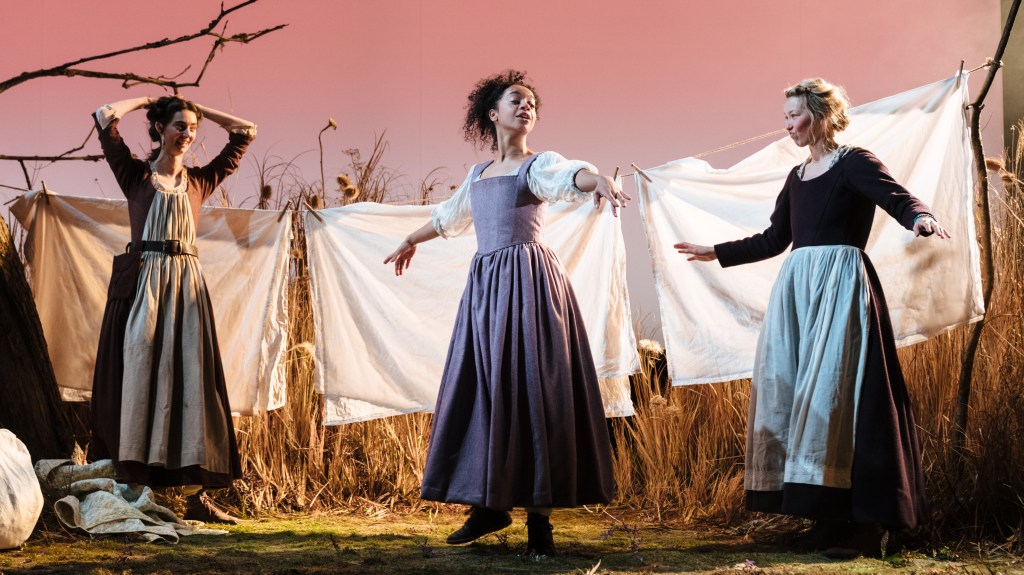
Post Comment